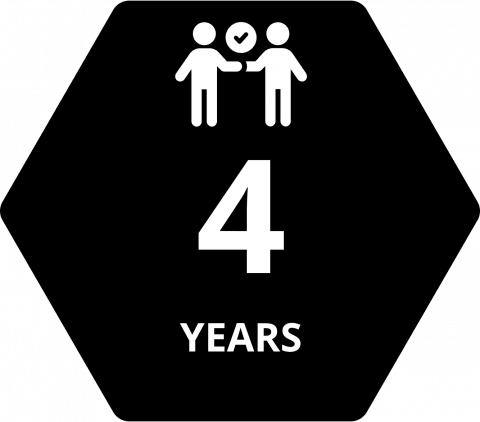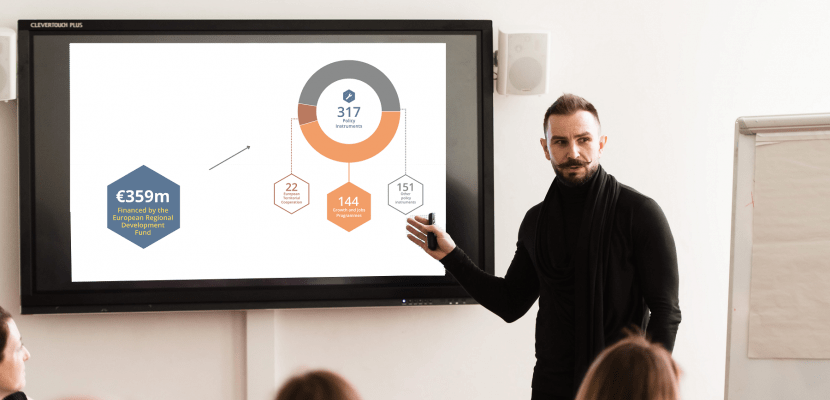
Facts and figures
Scroll down to find key figures presenting our new programme for 2021-2027. Have a look at some key figures linked to the first call for project proposals closed in May 2022.
You can also have a look at the aggregate data from the previous programme (2014-2020).
Eligible countries
Public institutions and private non-profit organisations from all regions in 36 European countries can benefit from the funding opportunities or policy learning services offered by our programme. They are 27 EU Member States plus Albania, Bosnia and Herzegovina, Moldova, Montenegro, North Macedonia, Norway, Serbia, Switzerland and Ukraine .
Organisations from other countries can participate at their own costs.
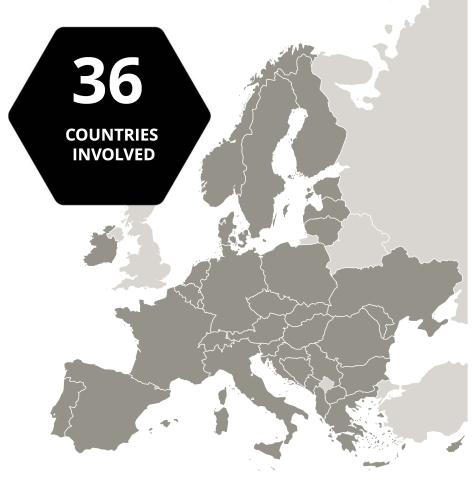
Programme budget
Interregional cooperation received 394 million euros from the European Regional Development Fund (ERDF). Close to 90% is earmarked for interregional cooperation projects. The rest will fund the Platform's policy-learning services and technical assistance for the programme's implementation.
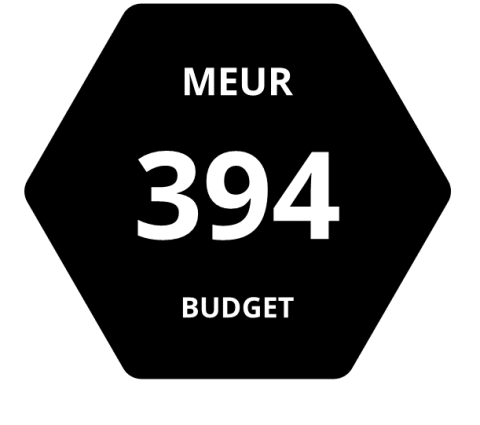
Thematic scope
The programme's objective is to improve regional policies through capacity building. All five of the EU's thematic priorities are open for the cooperation projects. The sixth topic opens cooperation possibilities to non-thematic issues improving the governance.
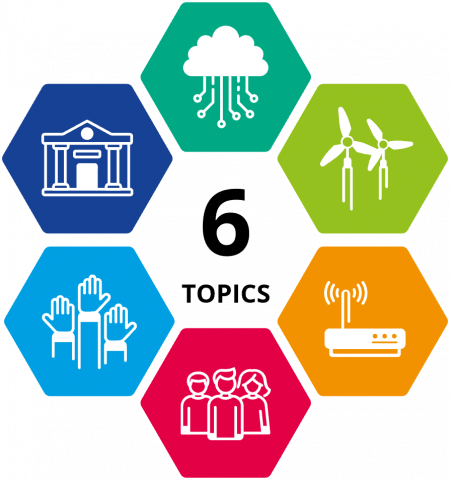
Co-financing rates for project partners
The European Union and the 36 programme partner states provide up to 80% of the funds needed for cooperation. Private non-profit organisations can receive 70% of their cost refunded. Partners from Norway receive 50% funds. Switzerland manages the funding of their partners directly. Partners from other than the 36 countries have to use their own funds.
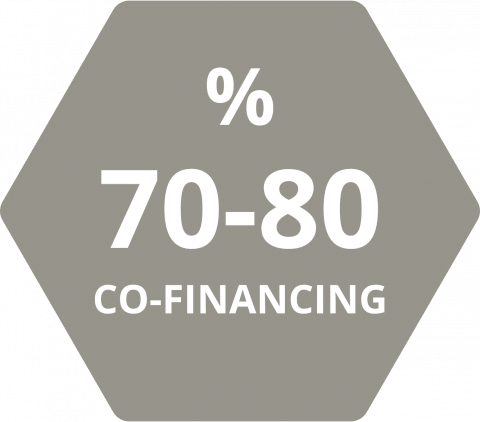
Project duration
Project partners work together in projects for four years with:
- three years to exchange experience = CORE phase and
- one final year serves to monitor achievements = FOLLOW-UP phase
